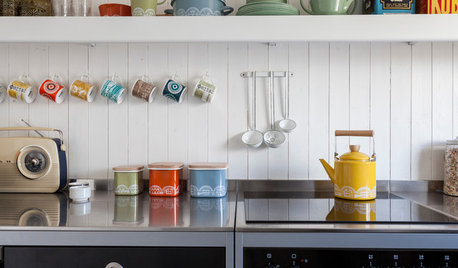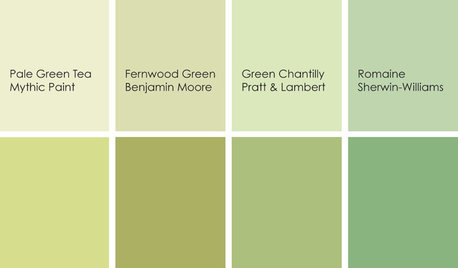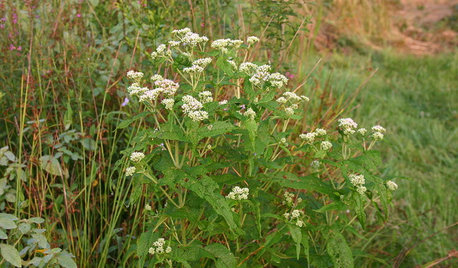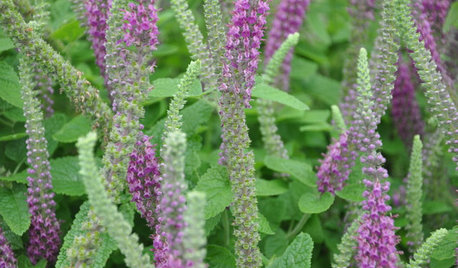Seaweed tea/extract?
jeremy0
15 years ago
Related Stories

LIFEHow Do You Make Your Tea and Coffee in the Morning?
A morning cup is a must for many, and preparation comes in many guises. We look at coffee and tea habits across the Houzz community
Full Story
KITCHEN DESIGNCooking With Color: When to Use Green in the Kitchen
Consider a taste of Romaine or Pale Green Tea to make your kitchen walls or cabinets the freshest ones around
Full Story
GARDENING AND LANDSCAPINGPorch Life: Banish the Bugs
Don't let insects be the bane of your sweet tea and swing time. These screening and product ideas will help keep bugs at bay on the porch
Full Story
HEALTHY HOMENatural Beds: How to Shop for a Greener Mattress
Before bouncing from store to store, start here to find the right chemical-free mattress for you
Full Story
FEEL-GOOD HOME12 Very Useful Things I've Learned From Designers
These simple ideas can make life at home more efficient and enjoyable
Full Story
GARDENING GUIDES6 Captivating Roses for an Alluringly Fragrant Garden
Perfume your garden with aromas from richly spicy to lightly sweet, without sacrificing an inch of color
Full Story
GARDENING GUIDESGreat Design Plant: Common Boneset Helps Good Bugs Thrive
Support bees, moths and butterflies with the nectar of this low-maintenance, versatile and tactile prairie-style plant
Full Story
FEEL-GOOD HOME9 Smells You Actually Want in Your Home
Boost memory, enhance sleep, lower anxiety ... these scents do way more than just smell good
Full Story
EARTH DAY5 Ideas for a More Earth-Friendly Garden
Consider increasing the size of garden beds, filtering rainwater and using plants to reduce energy use
Full Story
HOUZZ TOURSHouzz Tour: Major Renovations Aid a Usonian Home
Its classic lines got to stay, but this 1950s home's outdated spaces, lack of privacy and structural problems got the boot
Full Story






stompede
lorna-organic
Related Professionals
Rancho Cordova Landscape Architects & Landscape Designers · Saint Louis Park Landscape Architects & Landscape Designers · Edmond Landscape Contractors · Beverly Hills Landscape Contractors · Centereach Landscape Contractors · Federal Way Landscape Contractors · Laguna Hills Landscape Contractors · Middletown Landscape Contractors · Mission Bend Landscape Contractors · Muttontown Landscape Contractors · Waterford Landscape Contractors · Woodbury Landscape Contractors · Merrifield Landscape Contractors · Fort Worth Decks, Patios & Outdoor Enclosures · Parlier Decks, Patios & Outdoor Enclosuresrobertz6
tiffy_z5_6_can